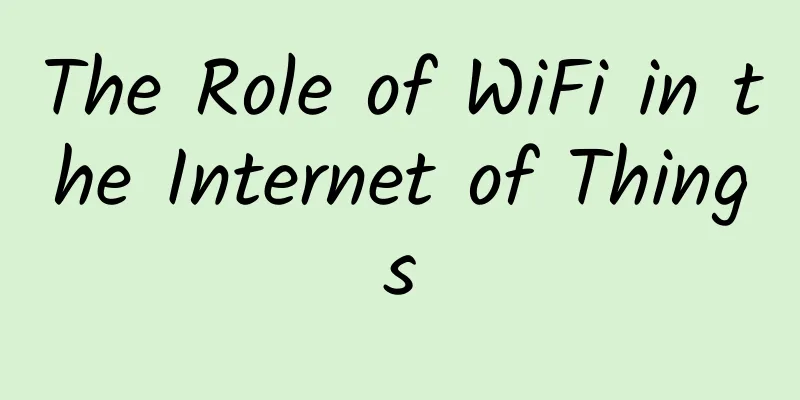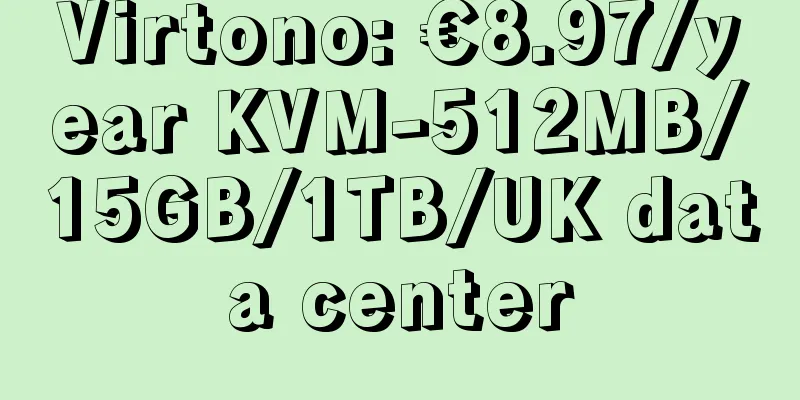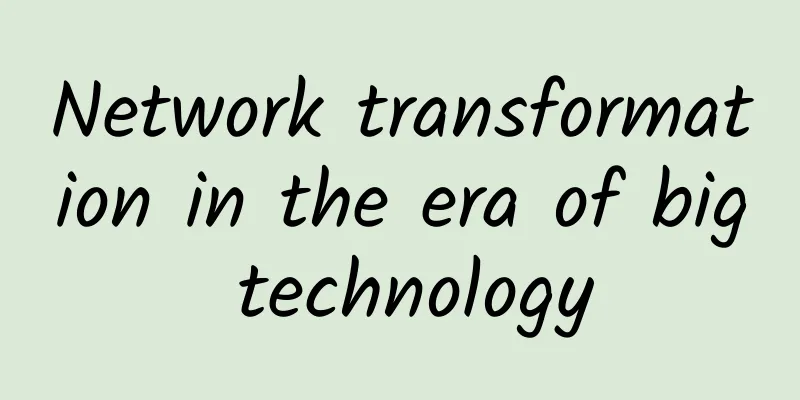The Role of WiFi in the Internet of Things

|
The trend toward supporting multiple connections under a common platform is not limited to wireless broadband. As the Internet of Things (IoT) gathers pace, the demand for machine-to-machine (M2M) connections will increase significantly, many of which will be wireless. They will have more performance requirements, reflecting the large number of different use cases that may emerge in the IoT space.
No single technology will meet all of these requirements, and there are many wireless IoT protocols. This will likely solidify over time, but there will definitely need to be at least one open, standardized technology for multiple key IoT profiles. These profiles differ based on their level of support:
(Note: Some proprietary protocols may continue to be used in specialized environments such as public safety or railroads.) WiFi WiFi has the advantage of handling multiple profiles due to its proliferation of standards. This means it will play a role in most IoT environments, whether used alone or interworking with more specialized protocols or with cellular networks. Certain IoT applications (such as vehicle services) or video-based applications (such as connected security cameras) will require the bandwidth of wireless broadband networks that are implemented to achieve other requirements such as low latency (in critical environments, this may happen on dedicated networks or slices). WiFi is uniquely positioned to support both broadband and narrowband IoT applications with a common platform that can operate at different levels of power consumption and signal ranges. The next version of the 5G standard, Release 16, will prioritize IoT-centric features such as sub-4 millisecond latency and very high availability to support emerging use cases in the URLLC (Ultra-Reliable Low Latency Communications) category. Relative position of specific IoT-focused wireless technologies by function LPWAN Low-power wide-area network (LPWAN) connectivity is a particularly interesting example of where IoT will require multiple technologies, potentially as a unifying link alongside WiFi, the most widely installed technology in networks and devices. This is a major area, along with the already established WPAN standards, where there are non-WiFi technologies operating at scale in unlicensed spectrum. WiFi and LoRaWAN are the two most adopted unlicensed technologies, and together they address a large portion of IoT use cases. The approaches of these technologies are disrupting existing business models and enabling people to participate in the success of 5G. The WBA and the LoRa Alliance have published a joint white paper demonstrating how these two widely deployed IoT connectivity technologies can be combined to effectively support a large number of use cases. LPWAN will support applications such as smart transportation, smart lighting, and asset tracking, to name just a few. LPWAN provides a good example of how multiple unlicensed and licensed spectrum technologies will coexist. HaLOW (a trademark for the 802.11ah standard) allows WiFi to be deployed in sub-GHz unlicensed spectrum to support LPWAN use cases. Other unlicensed spectrum options include LoRa and Sigfox, while there are two LTE-based options in the licensed bands: LTE Cat-M and LTE Cat-IoT. Each of these technologies supports a different balance between power consumption and data rate, making them best suited for different applications. Many service providers are already deploying two or more technologies simultaneously to support the wide range of services that make up the IoT. In complex environments like smart cities, for example, being able to use a combination of connectivity technologies to support use cases with different requirements and integrate them all under a common management platform is critical to an economically viable and feature-rich solution. While it is important to have multiple technologies supporting the widely varying requirements of the IoT, these technologies must also be able to interoperate seamlessly to avoid creating islands of communication, which would severely limit the ability to create a broad platform on which different applications can easily exchange data. |
<<: What is the difference between private and public LoRaWAN networks?
Recommend
Six common IoT wireless technologies and their use cases
The Internet of Things (IoT) starts with network ...
Unified, standardized, and intelligent, Borei Data OneAlert helps reduce costs and increase efficiency in operation and maintenance
With the cloudification of IT infrastructure, the...
What is the relationship between API, ESB, ServiceMesh, and microservices?
Introduction I mentioned before that I would like...
Maxthon Hosting: Los Angeles data center connected to AS9929 line, 20% discount, monthly payment starting from 38 yuan
Aoyou Host is a long-established foreign VPS host...
CDN network development trend: Accelerate the integration and innovative development with new technologies
In the process of development, CDN networks have ...
Blockchain is not to blame for the ICO being strangled!
Recently, ICO has attracted a lot of attention. F...
Megalayer: Dedicated servers from 299 yuan/month, optimized CN2 lines in mainland China, Hong Kong/Philippines/US VPS annual payment from 159 yuan
Megalayer is a subsidiary of Vofo, founded in 201...
Analysis: Which businesses need a dedicated wireless network?
Over the past few years, private wireless network...
In the 5G era, operators are fully advancing cloud-network integration
At the same time, with the large-scale commercial...
Is the epidemic a booster or stumbling block for 5G?
A sudden epidemic seems to have disrupted the dev...
Eleven things to note when using natural cooling technology in data centers
The Green Grid, a non-profit organization dedicat...
WiFi 6 Blowout Begins
Despite the current epidemic, Xiaomi released a W...
5G messaging is now available for trial use. Will it replace WeChat?
Will 5G messaging, known as a "killer" ...
In the post-epidemic era, AIOps unleashes new vitality in enterprise operation and maintenance
[51CTO.com original article] 2020 is destined to ...
F5 is committed to being a "general practitioner" protecting hospital applications by taking a two-pronged approach of safety and reliability
At a time when all walks of life are experiencing...


![[11.11] BGP.TO Japan Softbank/Singapore CN2 server 35% off monthly payment starting from $81](/upload/images/67cac25445835.webp)






